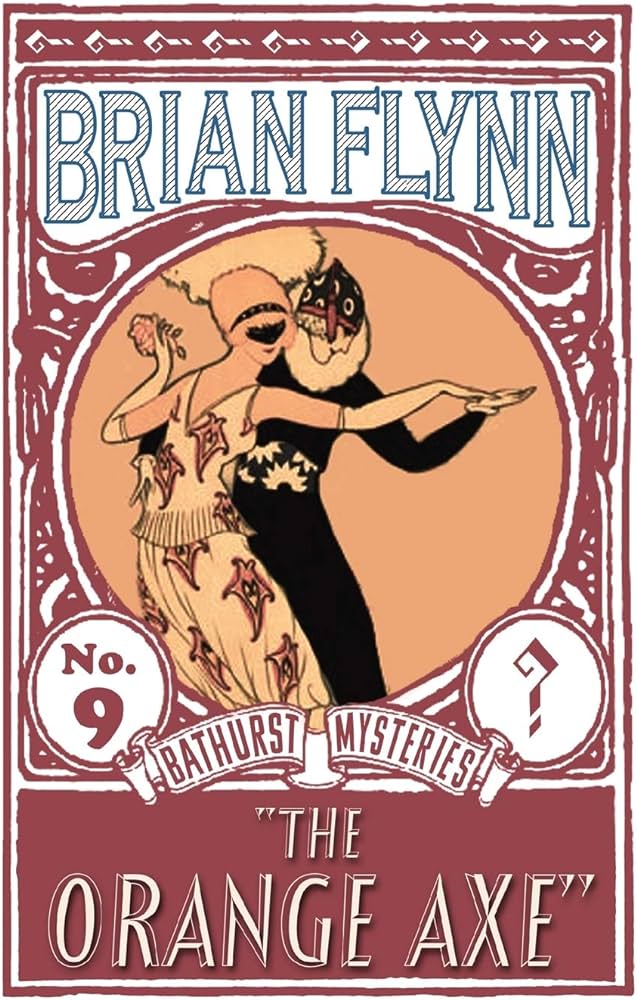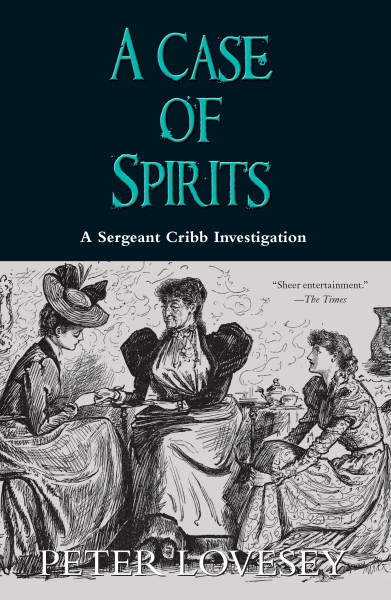
Originally Published 1943
Walter Huff was an insurance salesman with an unfailing instinct for clients who might be in trouble, and his instinct led him to Phyllis Nirdlinger. Phyllis wanted to buy an accident policy on her husband. Then she wanted her husband to have an accident. Walter wanted Phyllis. To get her, he would arrange the perfect murder and betray everything he had ever lived for.
I cannot really explain how it is that I have not previously written about the works of James M. Cain. He is after all one of the towering figures of American crime fiction and, in particular, of the sort of inverted crime stories that I enjoy so much. I only realized this omission when I recently compiled my Five to Try list of inverted crime novels and determined that I would try to rectify it as soon as possible.
While I may not have reviewed any Cain works here before, Double Indemnity is not my first encounter with his work. I have previously read and enjoyed The Cocktail Waitress and The Postman Rings Twice and I am pretty sure that I have seen at least part of the film adaptation though I didn’t remember much more than the basic premise and certainly not well enough to discuss the changes made.
The story is told from the perspective of Walter Huff, an insurance salesman who calls at Mr. Nirdlinger’s home to try to persuade him to renew their automobile insurance. It turns out that he isn’t home but his wife Phyllis is and they speak for a while about the plan before she asks whether he sells accident insurance. This question surprises Walter as it is a type of insurance usually sold as an add-on during a transaction rather than one picked out by customers though he notes that it is unusual as being the only type of insurance that can be taken out on a third party’s life without their knowledge.
Walter’s suspicion that Phyllis intends to murder her husband are soon proved correct and, unable to resist his attraction to her, he agrees to help. He quickly points out some of the defects in her scheme and the pair come up with a clever plan to contrive a train accident to claim the money. They find however that the insurance company is suspicious of the death and that they are suddenly under investigation…
One of the first things that struck me about Double Indemnity was how short it is. It was a novella, published in parts in Liberty Magazine, and it can easily be finished in a couple of hours. But it’s not just a matter of the page count – this book reads quickly because Cain writes so tightly, drawing us in to a plot that moves quickly and features several significant twists and revelations.
Part of the reason that Cain’s story is able to move so quickly is that his protagonist, Walter, is not a complete innocent at the start of the story. He does not start the story as a killer but he has given thought to how an insurance fraud of this sort could be pulled off meaning when he is presented with the opportunity he does not need to be persuaded that it might work or spend too long devising a plan. This lets Cain get quickly to the action and focus on developing our understanding of his characters and the details of the plan they aim to pull off.
Walter has two motivations for getting involved in this plan. Firstly, he is excited by the idea of pulling off this fraud idea he had thought up long before ever calling on the Nirdlingers. Secondly, he is attracted to Phyllis and likes the idea that by carrying out this plan he will win the girl too as she would be free once her husband is dead. These motivations are not exactly unique to this story but I think they are strong enough to make his actions feel credible and I think they also help build our understanding of Walter’s character, his strengths and the flaws that may undo him.
Walter narrates the story so we get to learn what he thinks about the situation he finds himself in as well as the concerns that develop as it goes on. A consequence of this choice however is that Phyllis is a little bit harder to get to know, at least at first, as we only really learn the things about her that Walter is interested in.
This does not mean however that the characters are flat or shallow. By the end of the novella we will have a much clearer picture of who Phyllis, her stepdaughter Lola and Sachetti all are and how they each fit into the story. To Walter some of these developments will come as a surprise but the reader will quickly recognize that a character is presented as a femme fatale and so will hopefully be a little ahead of him.
Some of those revelations are not particularly surprising, though there were a few points that turned out to be much more complex and interesting than I guessed. What makes this memorable is how well Cain introduces each idea and element, integrating them to tell a crisp and powerful story that builds to a dramatic finish. That conclusion is potent and delivered with slick intensity.
As with the buildup to the murder, Cain’s ending does not dwell too much on exploring characters’ emotions or attempt to string things out by having his characters behave with indecision. His characters remain bold and decisive right up to the end, providing us with a powerful conclusion that I felt was an appropriate and memorable resolution to the story.
While Double Indemnity is a short work, Cain’s clear plotting, direct prose and bold characterizations make it a striking, quick read. Cain’s restraint both in terms of his use of detail and in his description of the killing is impressive and I think he does well to boil down some complicated ideas about insurance processes so that the action of his story is easy to follow. Highly recommended.
Vintage Mystery Challenge: Book turned into TV/film/play (Why)




Leave a comment